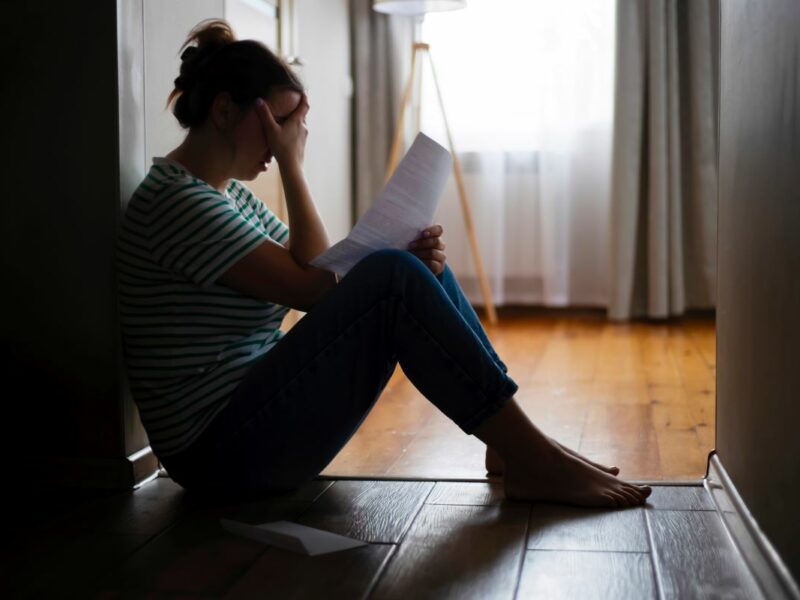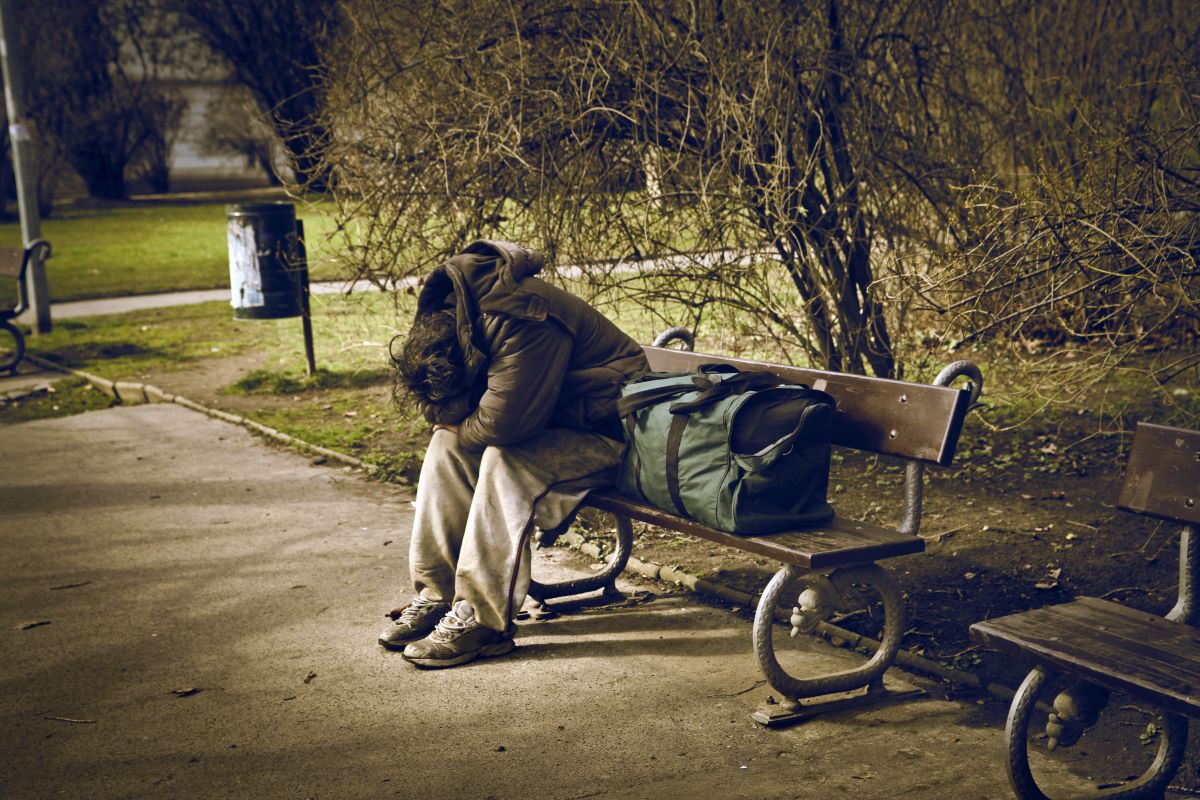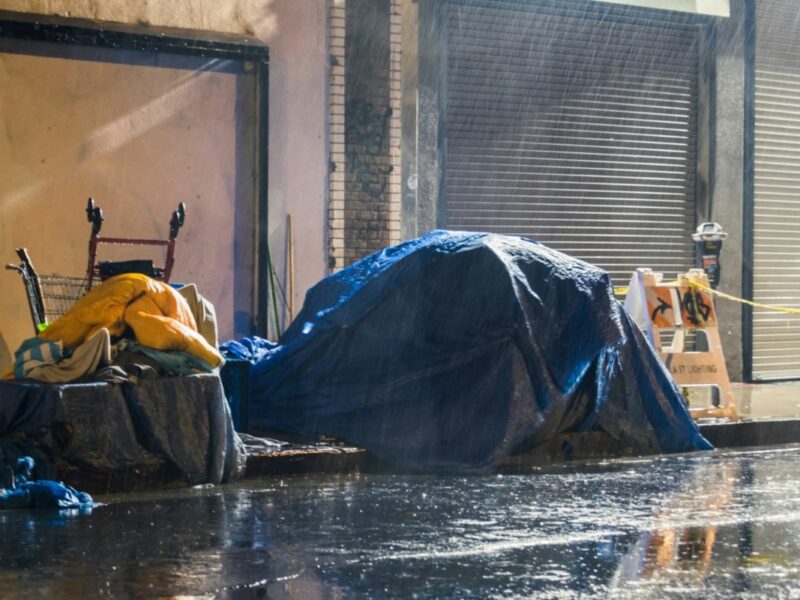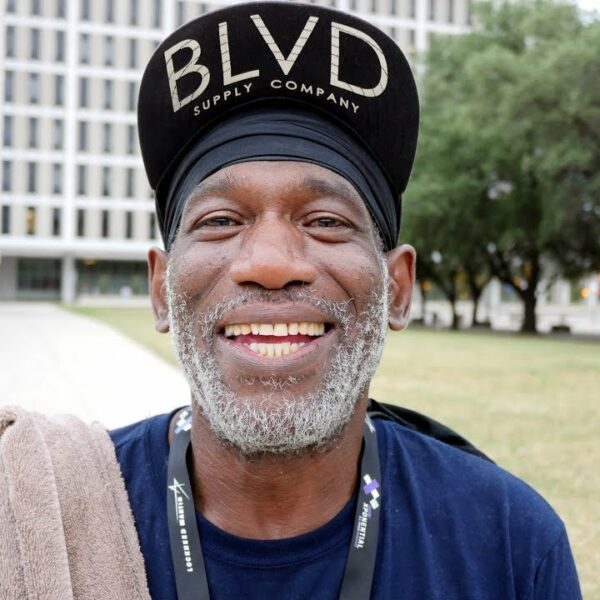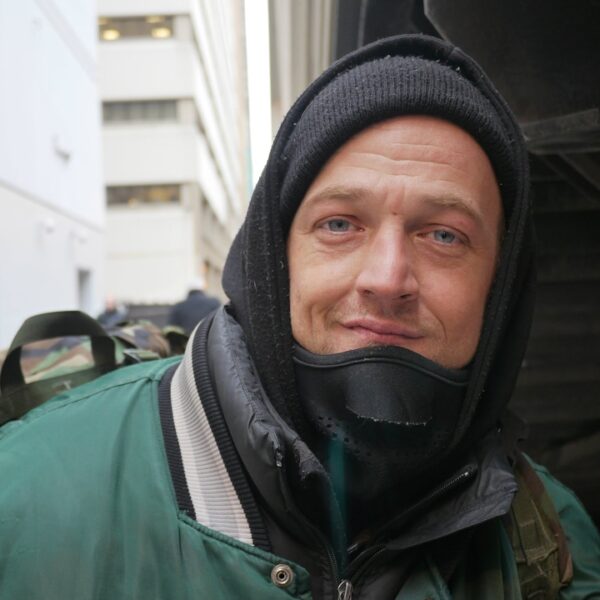“Normally, we wait until it’s zero degrees.”
– Hunger Task Force CEO Sherri Tussler commented on when they open the emergency homeless shelters in Milwaukee each winter.
Another frigid winter is coming to a close, leaving a long shadow over the homeless community as people living unsheltered inevitably shrink back into obscurity. It is a quiet corner now, deafening silent.
Each year, near the end of November, people without homes are remembered. At times, during the coldest months, they are even embraced. Take, for example, Homeless People’s Memorial Day, which takes place on the longest and coldest night of the year.
For homeless people, winter means soup kitchens, coat drives, toy giveaways, and neighborly generosity. Come April, when the seasons change, most things about homelessness remain the same, including the imminent threat of death by extreme weather.
But the hearts of the public tend to close along with the emergency warming shelters, leaving a brutal cold amid the seasonal thaw.
Spring Can be a Fatal Time for Our Unhoused Neighbors
This past winter truly pummeled the homeless community with tragedy at practically every turn. Polar shifts and arctic winds claimed many lives.
All across America, even in some rather unexpected places, homeless bodies were found frozen under billows of snow and layers of ice. It was a grizzly scene with blankets frozen into ghastly human forms and couples discovered huddled together in the backs of trucks, just trying to get warm.
When the frigid temps set in across the coast, this is a time when shelter beds are made more plentiful. But, much in the vein of pandemic-era protections, many of those accommodations are gone. On the other hand, just because you don’t see them standing half-frozen on the streets, homeless people haven’t vanished. And the need for emergency warming shelters hasn’t vanished either.
Did you know that hypothermia can set in at temps as high as 65 degrees Fahrenheit? This is especially true for senior citizens, a group that is increasingly becoming more vulnerable to bouts of homelessness.
During a recent interview with Sherri Tussler, the longtime CEO of Hunger Task Force, we learned that Milwaukee doesn’t usually open its warming shelters until the temperatures reach zero degrees. This is well below the freezing point and a far cry from the minimum temperature that can cause weather-related fatalities and illnesses such as hypothermia.
In Pennsylvania, it is traditional to open the warming shelters once the weather dips down to somewhere between 26- and 32-degrees Fahrenheit. In Denver, the threshold stands at an icy 20 degrees Fahrenheit, a standard challenged this past year.
Across the nation, these programs and policies, often called “Code Blue,” are put in place when temperatures are at or below 32 degrees Fahrenheit.
The chilly rain that often falls during spring happens just as the shelters are being shuttered. The consequences of this are dire. At times, they are deadly.
April Marks the Peak Month for Outdoor Deaths in Anchorage, Alaska
Anchorage is a notorious location for outdoor homeless deaths to take place. With record snows and January lows dropping to just 14 degrees, you might think its blustery winter is to blame.
But the highest number of those deaths happen just outside of winter, in April, technically spring. During this time, the temperatures climb up just above the freezing point, reaching average highs exceeding 40 degrees.
Anchorage Daily News points out that the outdoor deaths now breaking records took place last year shortly after a low-barrier shelter closed, leaving entirely too many homeless residents out in the cold.
The first unhoused man was found lying lifeless in a tent in a wooded space along Tudor Rd. on the first day of April. Many more deaths shortly followed. Housing advocates are vying for something to be done.
“I hope that we can join forces with the Assembly to either acquire or build a year-round shelter so that we can limit or eradicate all outdoor deaths attributed to lack of shelter,” municipal homeless coordinator Alexis Johnson told Anchorage Daily News reporters.
In an exclusive interview with Invisible People, Sherri Tussler added that this isn’t just about the pivotal need for year-round shelters. It is also about taking steps toward homelessness prevention.
“It’s not just about how we can contribute to a local shelter, but how can we change the policies that create this homelessness in the first place,” she explained.
The Weather is Never Nice Enough for People to be Living Outside
The fact that spring holds record-breaking numbers of outdoor deaths in certain corners of the country proves that it’s never a good season for people to be living outside. Our unhoused neighbors who manage to narrowly escape the threats of hypothermia and torrential downpours in the spring have only the harrowing heat of summer to look forward to in return.
Did you know that homeless people account for at least half of the 1,500 heat-related deaths that happen each year? And as the climate crisis comes to a scorching head, the temperatures of city sidewalks are rising like the sea. It is a matter of time before finally realizing that extended exposure to the elements is hazardous at all times of the year.
Talk to Your Legislators About Bringing Our Neighbors Inside Permanently by Making Housing a Human Right
Right now, there is an orchestrated push for politicians to do as little as possible to provide long-term solutions to the homeless crisis. This much is evident in their actions and their non-actions – from pivoting away from Housing First strategies and leaning into criminalization tactics to crafting template legislation that funnels homelessness funding into dystopian-esque concentration camps and outdoor “safe” zones.
The only way to incentivize people in positions of power to support solution-based actions is by changing the laws of the land. Tell your local legislators that you demand the legally binding, irrevocable right to housing for all.






